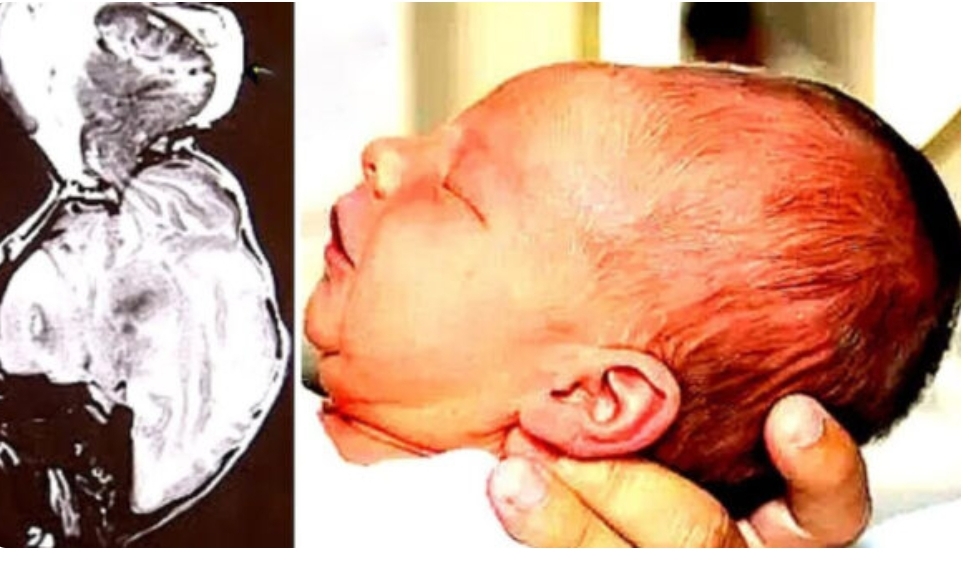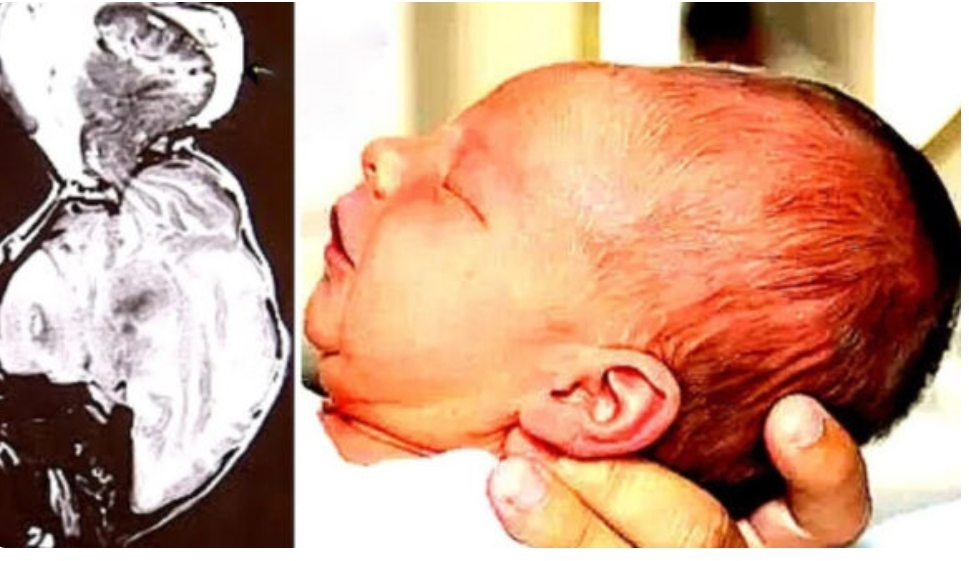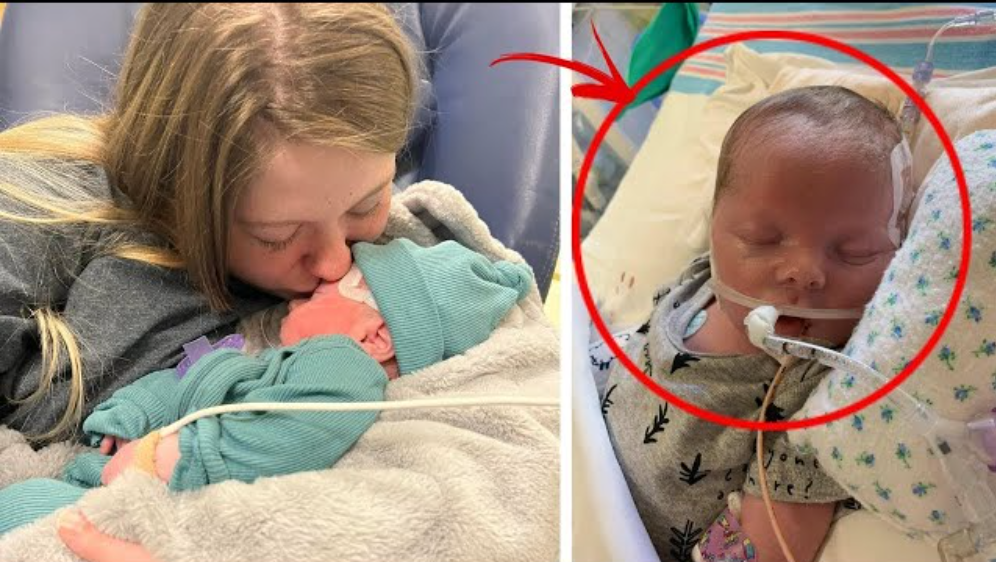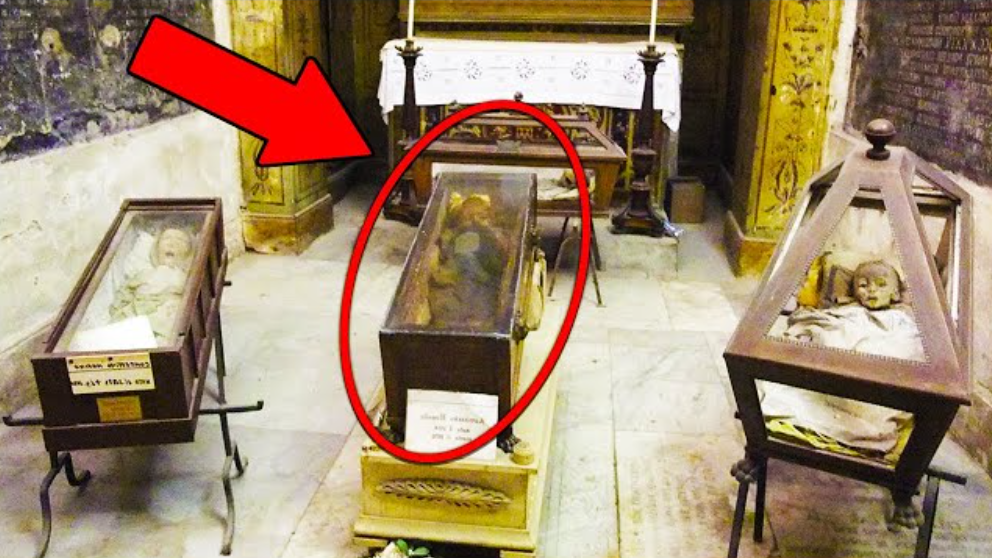Doctors saw something coming out of baby’s head; ‘when they realized what it was, it left them in disbelief’!

Siera and her husband Dustin had initially anticipated a routine ultrasound to reveal the gender of their baby. However, their hopes took a devastating turn when they learned that their baby boy had a rare and life-threatening disease, shattering their expectations for a joyful pregnancy.

The couple received the heart-wrenching news that their baby had a condition that left no room for survival. Sierra shared, “They said there was no chance that he was going to live. We were never really given hope so we had actually decided to end the pregnancy. We got to the point of the night before the procedure to end it, and I couldn’t do it.”
Siera couldn’t bear to give up on her unborn child, firmly believing that he might defy the grim prognosis. Doctors had given Bentley, as they named him, little chance of survival, considering his rare condition, where parts of his brain protruded outside the developing skull, known as encephalocele or cranium bifidum.
Determined to meet their son, Siera and Dustin continued with the pregnancy, even if it meant preparing to say their goodbyes. Against all odds, Bentley was born with his brain outside his skull. Despite the dire predictions, he not only survived but showed remarkable resilience. Seven months later, Bentley underwent a groundbreaking reconstructive surgery to reposition his brain within his skull.
The journey began when the parents went in for a routine 22-week ultrasound, which revealed Bentley’s condition. Doctors had initially offered little hope, suggesting that Bentley might not survive long after birth or would lack basic brain function, deeming him “incompatible with life.” Despite the significant brain protrusion on his head, Bentley exhibited normal development, growing and displaying typical infant behaviors like crying when hungry.
As Bentley reached four months, his parents sought help from a specialized hospital where a surgeon acknowledged that Bentley was utilizing his brain. However, there was uncertainty about whether they could safely return it to his skull. Using advanced 3D-printed models, surgeons meticulously planned and practiced the complex procedure. Bentley’s brain, with 100 cubic centimeters outside his skull, necessitated the expansion of his cranium to accommodate it.
The surgery was a success, though Bentley required follow-up procedures to insert a shunt and manage excess brain fluid. Almost a month after the surgery, Bentley seemed to be progressing well, although the extent of any vision impairment remained uncertain. He also began physical therapy the following month.
Bentley’s remarkable journey serves as a testament to the resilience and the boundless determination of his parents and medical professionals, while his future continues to hold a degree of uncertainty.




